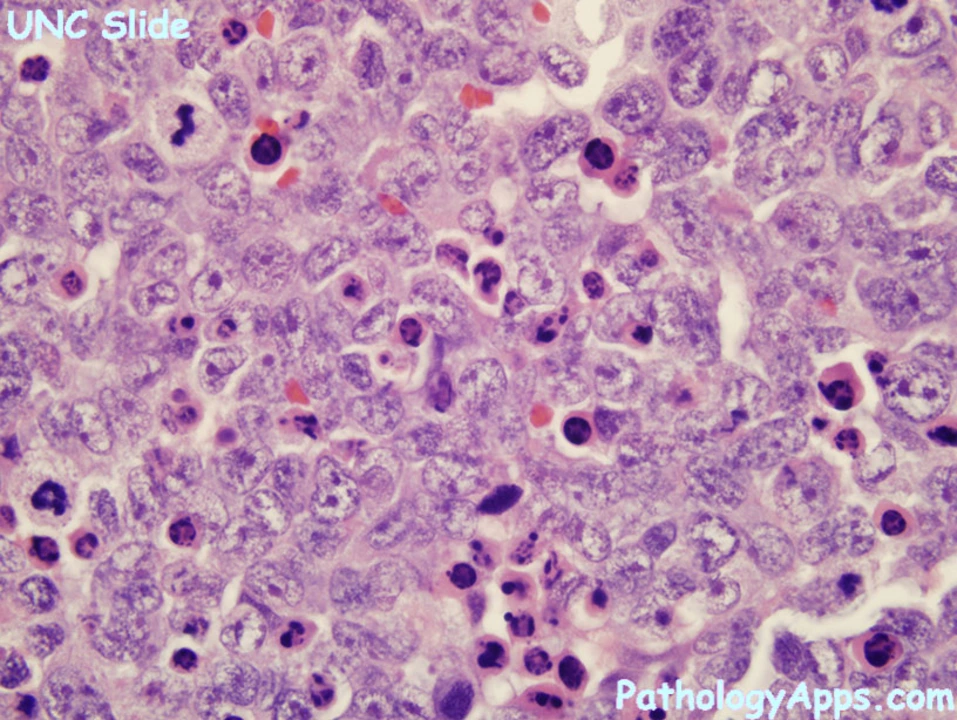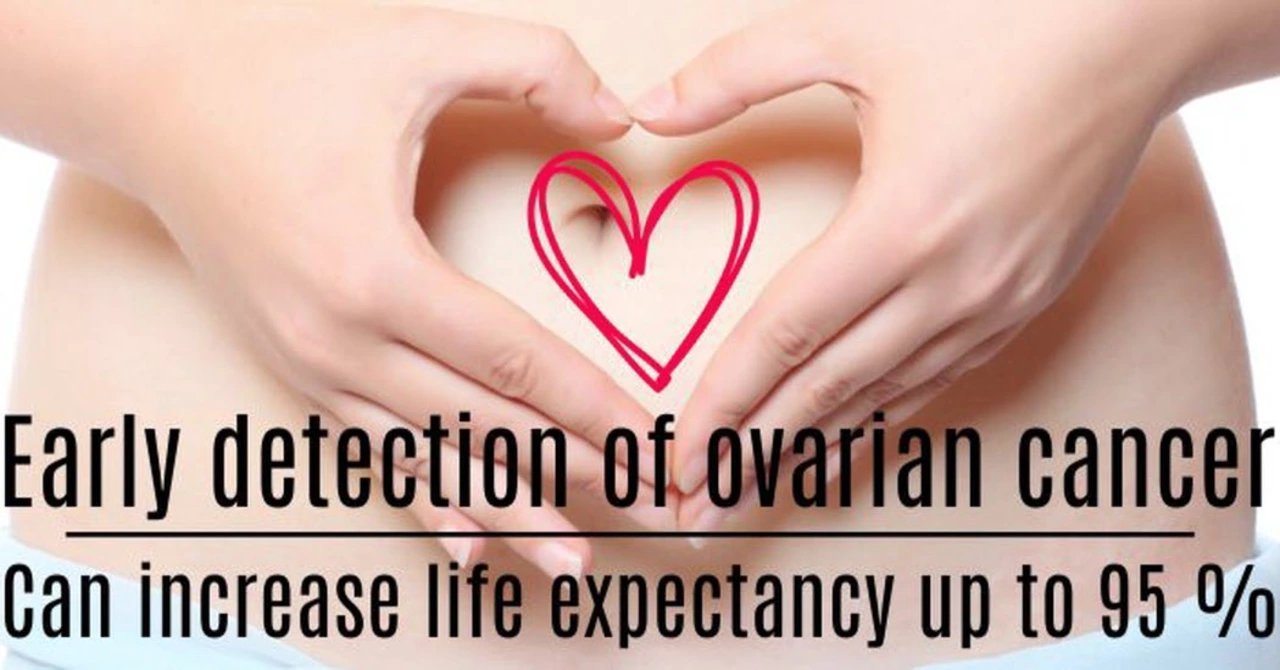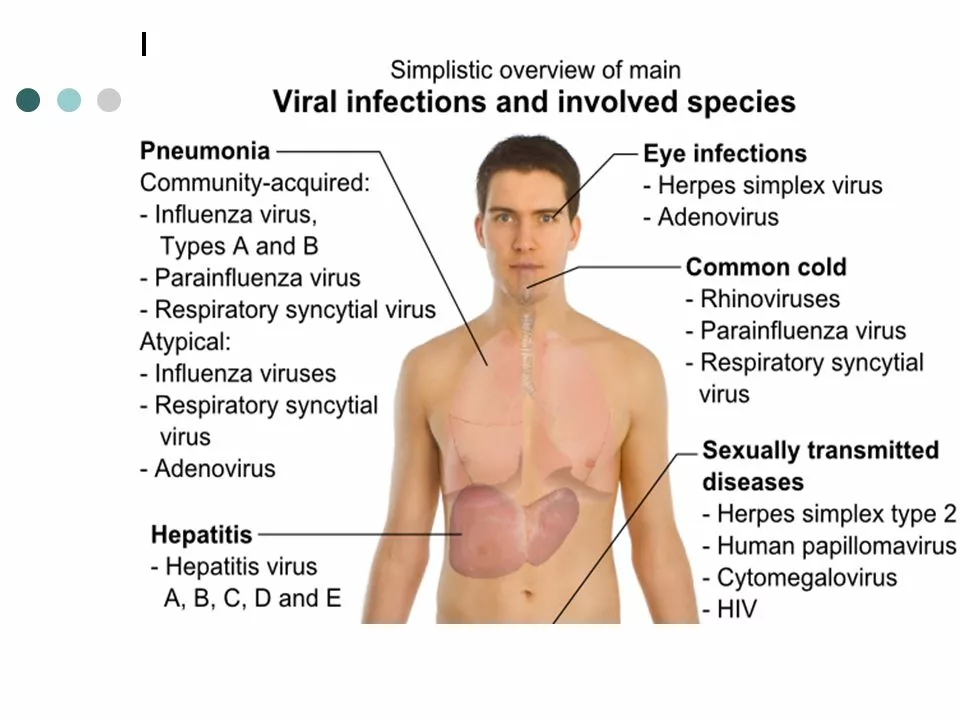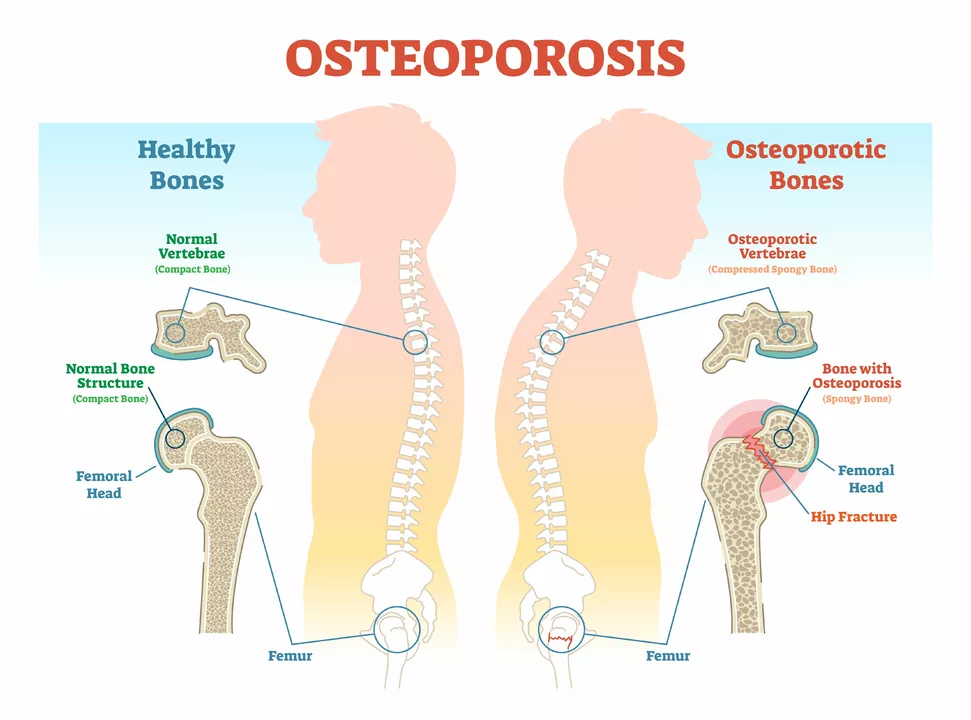April 2023: Practical Health Notes from Canadian-Tabls
April brought four focused posts that matter whether you’re a parent, a patient on medication, or someone thinking about bone health. You’ll find clear signs to watch for, simple steps to talk with your doctor, and everyday precautions you can use now. Below I pull each post into bite-size advice you can act on today.
Rhabdomyosarcoma in children — what to watch for
Rhabdomyosarcoma is rare but worth knowing about because early action changes outcomes. Watch for a new lump or persistent swelling that doesn’t go away, unexplained pain, or trouble moving a limb. If a child has any of these, see a pediatrician quickly. Doctors usually order imaging (ultrasound, MRI) and sometimes a biopsy to confirm the diagnosis. Treatment often mixes surgery, chemotherapy, and radiation — a team approach. Ask your doctor what to expect from each step and what support services (social work, child life, counseling) are available during treatment.
Screening, medication safety, and bone protection — quick steps you can take
Ovarian cancer is often called “silent” because early signs are subtle. Pay attention if you have persistent bloating, pelvic pain, feeling full quickly, or a change in bathroom habits for more than a few weeks. These don’t prove cancer, but they’re worth a check-up. Talk to your clinician about pelvic exams and when imaging or blood tests (like CA-125) might be useful—especially if you have a family history of ovarian or breast cancer.
If you’re on azathioprine or starting it, know the main risk: a weaker immune response can make viral infections easier and slower to clear. Simple steps help: keep up with recommended vaccines (but discuss live vaccines with your doctor), practice good hand hygiene, avoid close contact with sick people, and report fevers or unusual symptoms right away. Clinicians usually monitor blood counts and liver tests—ask how often you should come in and what symptoms demand an urgent call.
For bone health, calcitonin can help reduce osteoporotic fracture pain and slow bone breakdown by lowering osteoclast activity. It’s available as a nasal spray or injection and works best as part of a larger plan: calcium and vitamin D, weight-bearing exercise, and other medications like bisphosphonates where appropriate. If you’re considering calcitonin, discuss how it fits with your fracture risk, side effects, and how long you should stay on it.
Bottom line: each April post gives clear red flags and practical steps — spot warning signs early, ask targeted questions at appointments, follow simple prevention habits, and stay in regular contact with your care team. If anything here sounds relevant to you or a family member, jot down the key questions and bring them to your next visit.




